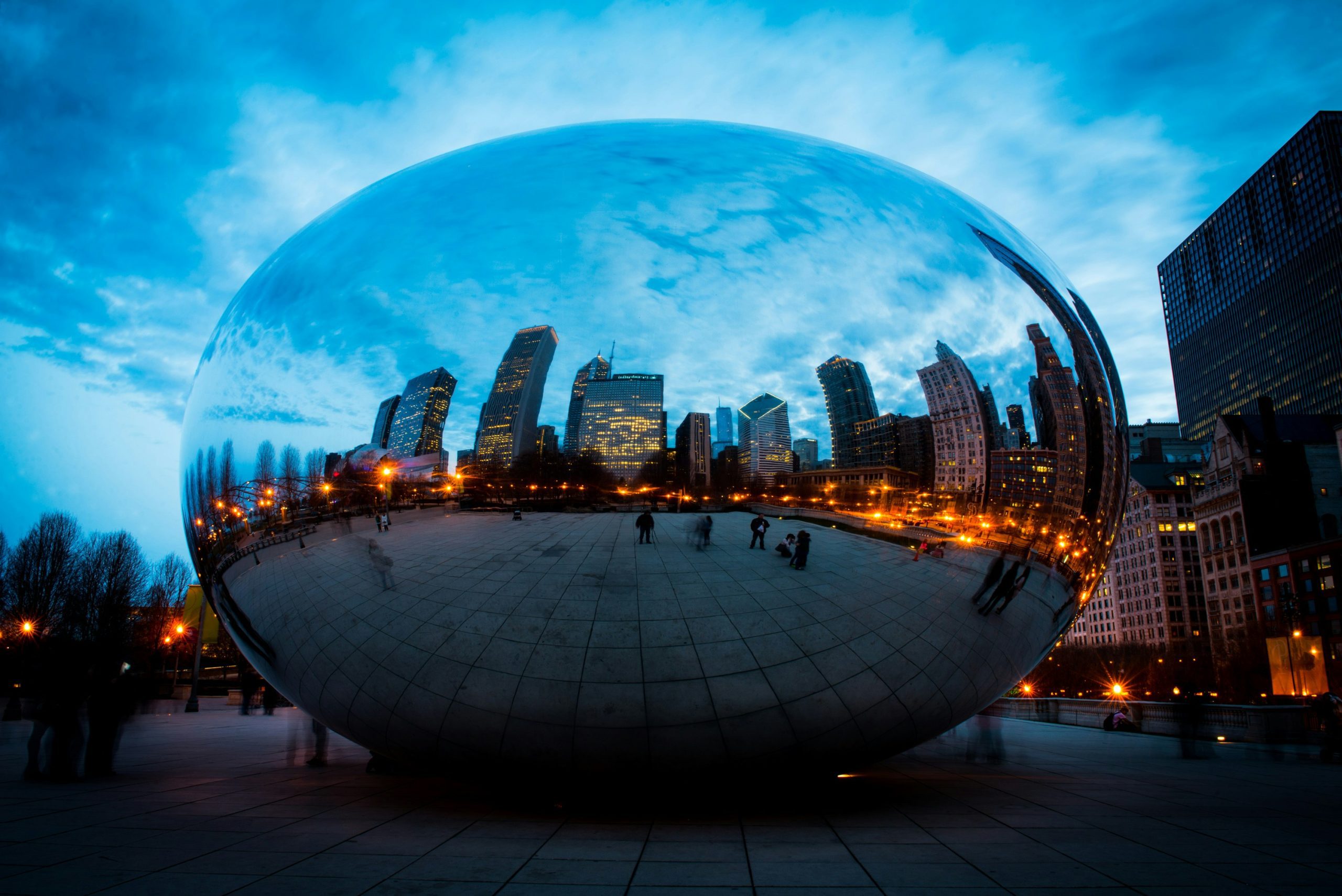A magic crystal that doesn’t scatter light could revolutionise photonics and cut the amount of energy that computers use. TU Delft researcher Kobus Kuipers made one.
Light bounces around. Normally, that is. (Artem Zhukov / Unsplash)
Light bounces around. That is the beauty of it. You wouldn’t see your reflection in the mirror if it didn’t. But for some researchers this property is a pain in the neck. For those who develop optical chips, for instance, like Professor in Nanophotonics Kobus Kuipers of the Faculty of Applied Sciences.
The idea behind optical chips is that by using light instead of electrons to do the data processing, you consume less energy and computers will not overheat that quickly. As of yet, these chips only exist on the drawing board. For this technique to work, light must not behave so frivolously and scatter around. It should move in one direction along a designated path, like the much more obedient electrons do.
In one of his latest experiments, Kuipers and colleague Ewold Verhagen at the AMOLF research institute, saw light propagate in a special material, a photonic crystal, without it suffering from reflections. The results were published in the scientific journal Science Advances.
The photonic crystal consists of two parts that each have a slightly different pattern of perforations. Light can propagate along the boundary between these two parts in a particular way: it is ‘topologically protected’, the researchers write in a press release, and, therefore, does not bounce back at imperfections.
‘I will try to explain with pretzels and bagels’
Explaining the science behind their discovery, which Kuipers believes could bring great benefits to the field of photonics, is no mean feat. Kuipers responds with something between a sigh and a laugh when asked on the phone to explain the physics it entails. “I will try to explain with pretzels and bagels.”
The researchers embroider on the work of British scientists, David Thouless, Duncan Haldane and Michael Kosterlitz, who received the 2016 Nobel Prize in physics for their research on topology – the mathematics of shapes and surfaces – and its relation to superconductivity.
In the 1980s, the consensus was that superconductivity could not occur in thin layers, but the Brits showed that that was wrong and used topology to explain how it could. “They found that thin conductive layers could actually appear in materials by taking the form of discrete topological steps, where going up one step is like changing from a pretzel to bagel,” says Kuipers. “Topologically, these pastries differ, since a bagel has one hole while a pretzel has two or three.”
Light that bends around sharp corners
Kuipers and Verhagen showed that not only electrons can be kept in line on the interface of two topologically different structures, but so can light. Even when the boundary bends around a sharp corner, the light follows it without a problem.
By purposely using silicon chips and light of a similar wavelength as used in telecommunication, the researchers expect to increase the application prospects. The first thing they will now do is to make the routing of the light on a photonic chip more reliable. This is important in view of energy efficient data processing, or ‘green ICT’. But also, to efficiently transfer small packages of quantum information, the topological protection of light could be useful, the scientists believe.
Do you have a question or comment about this article?
tomas.vandijk@tudelft.nl


Comments are closed.